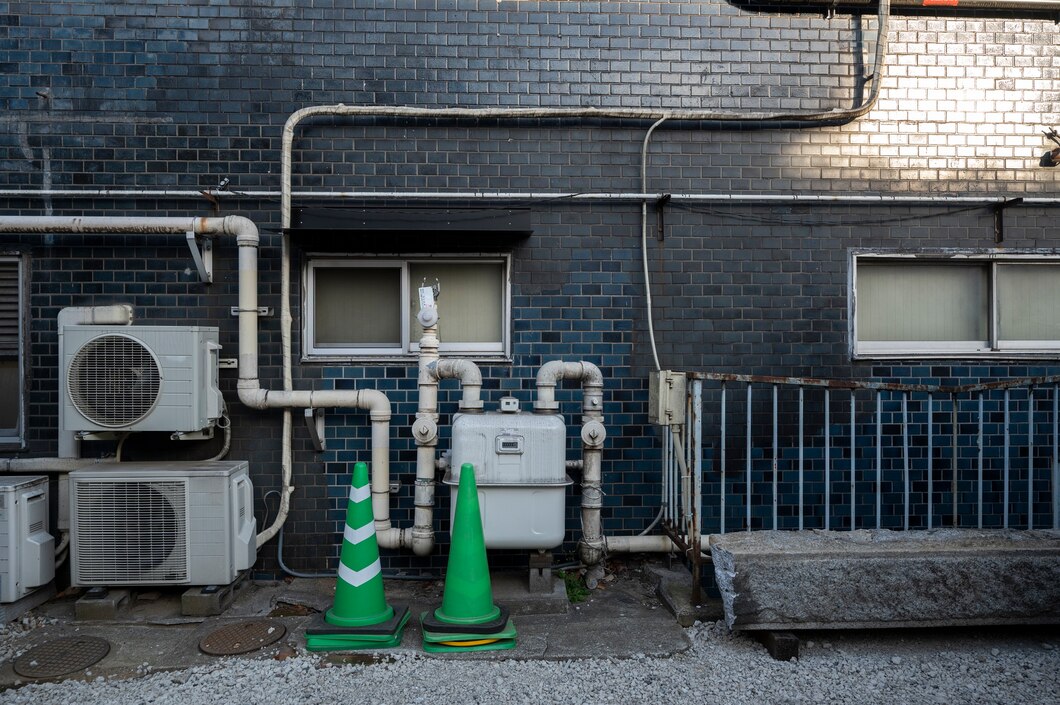Heat pumps are a vital part of maintaining a comfortable and energy-efficient home. Understanding how they work from installation to eventual replacement can save you time and money and ensure your home remains comfortable year-round. By learning the basics of heat pump installation, necessary maintenance, common troubleshooting, and the signs that indicate it might be time for a replacement, you can make informed decisions about your home heating and cooling system.
Knowing about heat pump systems is crucial because they do more than just heat your home; they also cool it, making them useful throughout the year. Each stage of a heat pump’s life cycle brings its own set of considerations and requirements. From choosing the right model to keeping it running efficiently and understanding when it’s time for a new system, there’s a lot to keep in mind.
We’re here to guide you through the entire process. By keeping informed about your heat pump, you can extend its life, improve its efficiency, and maintain your home’s comfort effortlessly. Let’s explore how to maximize the benefits of your heat pump from the moment it’s installed until the time comes for its replacement.
Understanding the Basics of Heat Pump Installation
Installing a heat pump is a crucial step toward achieving year-round comfort in your home. The process begins with choosing the right system tailored to your specific needs—considering factors like size, energy efficiency, and climate. We recommend selecting a model designed for efficiency and durability, ensuring it fits the unique layout and insulation qualities of your home. Proper installation is key to maximizing the performance and lifespan of your heat pump, which is why it’s important to understand the essentials from the start.
When planning for installation, the location of both the indoor and outdoor units must be considered carefully to optimize airflow and efficiency. The outdoor unit should be placed in an area with sufficient space around it to ensure unobstructed air circulation, while the indoor unit should be positioned to facilitate the even distribution of heated or cooled air throughout your home. Ensuring these units are correctly installed not only enhances your comfort but also reduces the strain on your system, helping to maintain its efficiency over time.
Key Maintenance Practices for Longevity and Efficiency
Regular maintenance is vital to keeping your heat pump running efficiently and extending its life. Simple practices can significantly impact the performance and efficiency of your system. First, cleaning or replacing the air filters regularly is crucial. Dirty filters restrict airflow, forcing the unit to work harder, which can lead to increased energy consumption and potential system breakdowns. Ideally, filters should be checked monthly, especially during periods of high usage.
Another essential practice is the routine inspection of the entire system. This includes checking for any signs of wear or damage to the components, ensuring that all connections are secure, and verifying that the thermostat settings are accurate. Seasonal check-ups, ideally performed by a professional, can help detect issues early, preventing costly repairs and ensuring your system operates at peak efficiency.
Additionally, keeping the area around both the indoor and outdoor units free from debris will also help maintain the system’s efficiency and reduce the risk of mechanical failures. By adhering to these practices, you can ensure that your heat pump provides reliable and efficient performance for many years to come.
Common Issues and Troubleshooting for Heat Pumps
Even with perfect installation and routine maintenance, heat pumps may develop issues that can impact performance. Some common problems many homeowners encounter include the system not heating or cooling effectively, strange noises, or unexpected shutdowns. Recognizing these signs early can help prevent a full system breakdown.
For instance, if your heat pump is not heating or cooling as it should, it might be due to a refrigerant leak or a malfunctioning compressor. In such cases, checking for any visible signs of damage or leaks around the unit can be a good first step. Similarly, unusual noises, like grinding or squealing, could indicate that there’s a problem with the belts or the motor bearings. Simply resetting your heat pump can sometimes resolve minor electrical issues that cause unexpected shutdowns. However, if problems persist, it may be wise to consult a professional to avoid further damage to the system.
When and Why to Consider Heat Pump Replacement
After years of reliable service, a time will come when your heat pump may need to be replaced. Typically, a well-maintained heat pump lasts about 10 to 15 years. Signs that you might need a replacement include increased energy bills, frequent repairs, and reduced heating or cooling efficiency. These indicators suggest that your heat pump is no longer running optimally and may be nearing the end of its lifecycle.
When considering replacing your heat pump, think about the long-term benefits of choosing a new, more efficient model. Modern heat pumps offer improved energy efficiency, which means lower utility bills and better performance. Additionally, newer models often come with advanced features like smart technology integration, which provides enhanced comfort and easier control over your home’s temperature.
Conclusion
As we’ve seen, understanding the installation, maintenance, and replacement timeline for your heat pump is essential for optimal home comfort and energy efficiency. By staying informed about how to maintain and when to replace your heat pump, you can ensure it continues to perform its best.
If you’re noticing any issues with your heat pump or think it might be time for an upgrade, remember that choosing the right product can make all the difference. At I Heart Amana, we offer a wide selection of high-quality heat pumps designed to meet your heating and cooling needs while also being gentle on your wallet. Get in touch with us today to find the perfect solution tailored just for your home!



Recent Comments